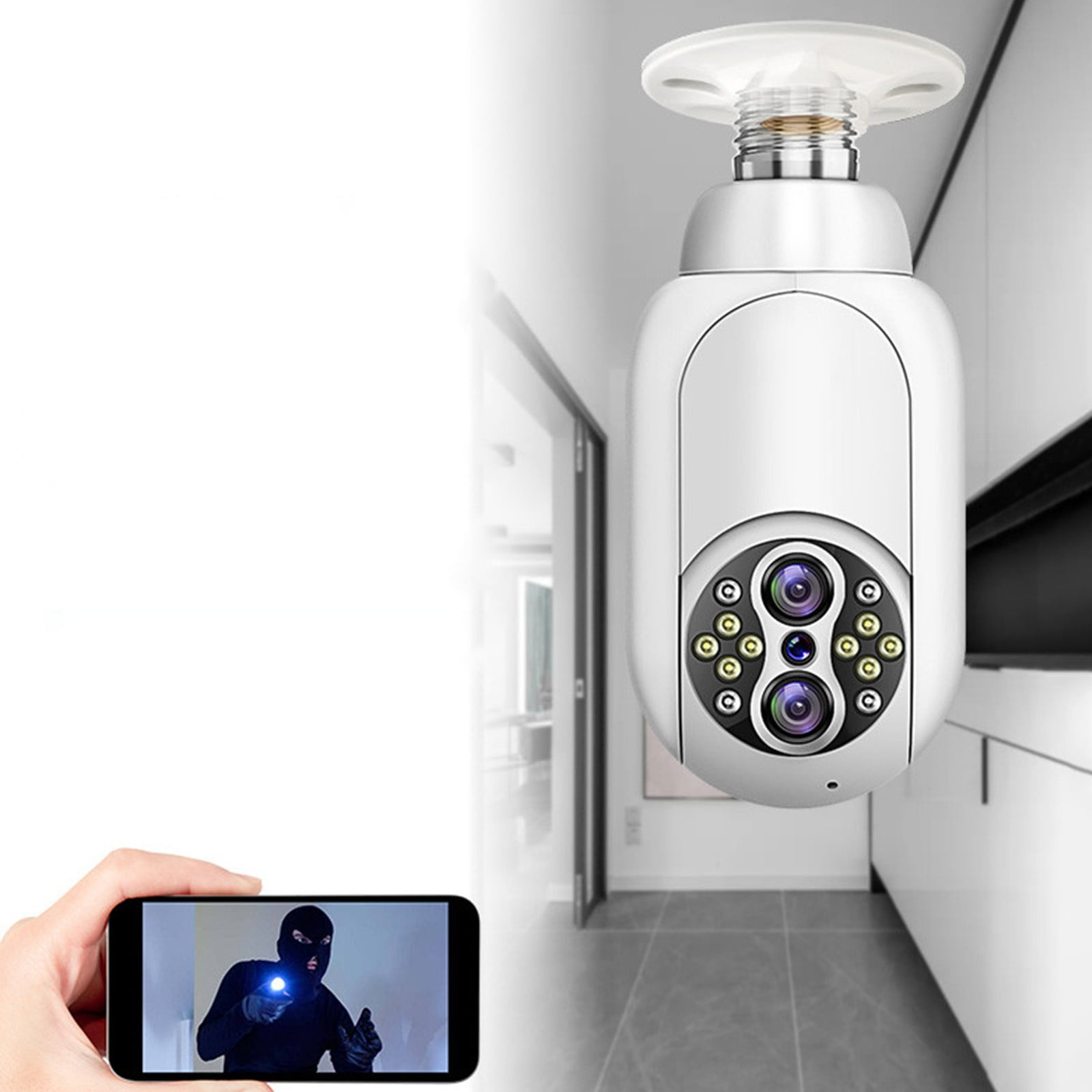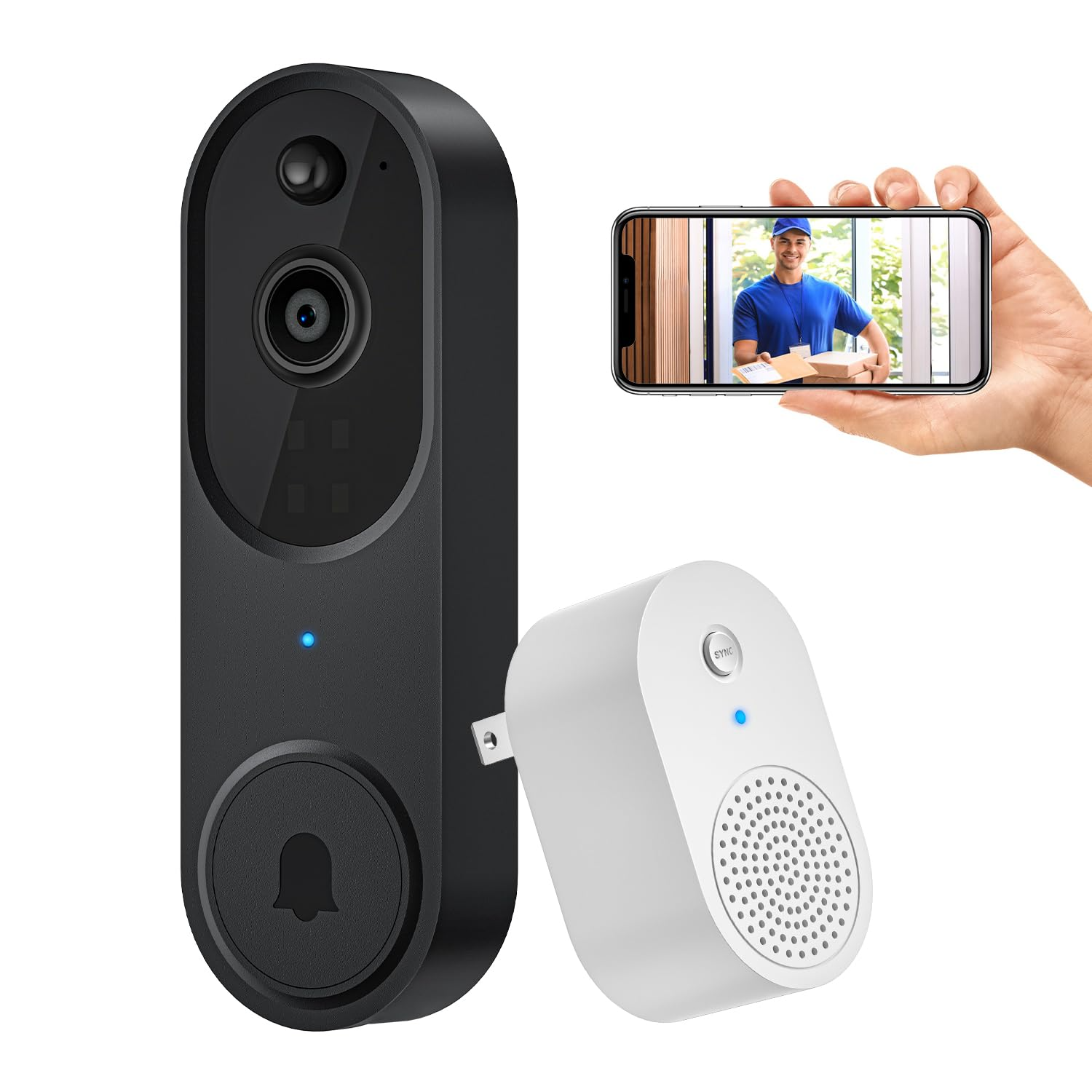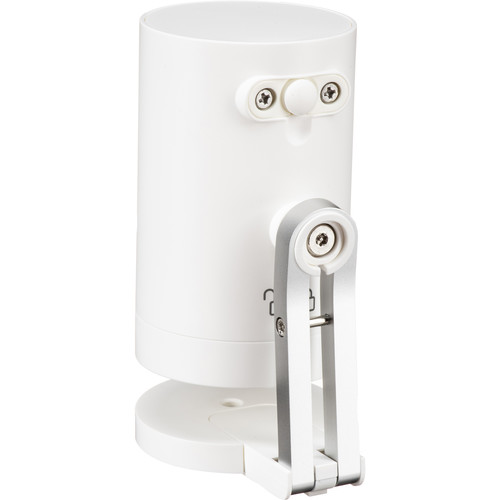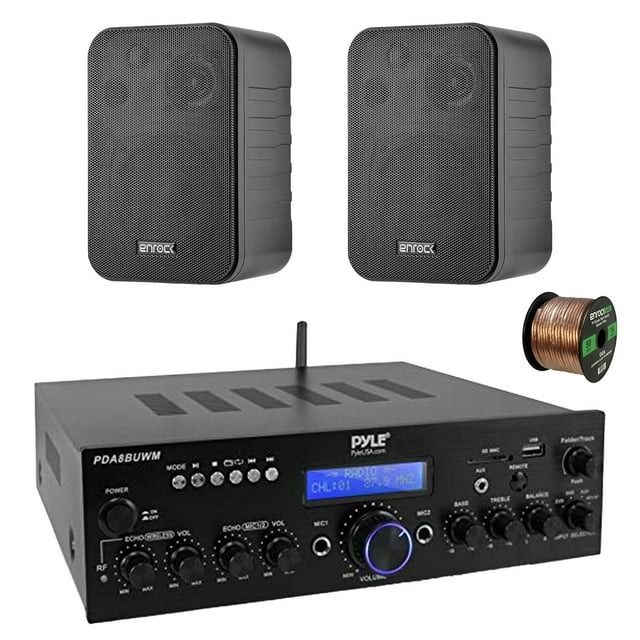In the realm of smart home technology, the integration of security systems has become increasingly vital. Among the many players in this field, Ring stands out with its innovative wireless security cameras, offering homeowners peace of mind and unparalleled surveillance capabilities. This comprehensive guide delves into the features, benefits, and considerations surrounding Ring’s advanced camera systems, illustrating why they have rapidly gained popularity in securing homes worldwide.
Understanding Ring Wireless Security Cameras
Why Choose Wireless?
Wireless security cameras, such as those offered by Ring, eliminate the need for cumbersome wiring, allowing for flexible installation virtually anywhere in your home’s exterior or interior. This freedom enables users to monitor entry points, backyards, garages, and even indoor spaces without the hassle of drilling through walls or hiring professional installers. With Wi-Fi connectivity, these cameras transmit footage securely to your smartphone, tablet, or computer, ensuring you’re always connected to your home’s happenings.
Key Features and Functions
Ring’s wireless security cameras boast a suite of high-tech features designed to enhance security and convenience:
- High Definition Video: Crystal-clear HD video ensures you can identify details, from faces to license plates, with precision.
- Night Vision: Advanced infrared technology guarantees round-the-clock monitoring, even in complete darkness.
- Motion Detection: Intelligent motion sensors trigger instant alerts, sending notifications to your device when activity is detected.
- Two-Way Talk: Built-in microphones and speakers allow for real-time communication with visitors or to deter potential intruders.
- Weather Resistance: Designed to withstand various weather conditions, Ring cameras continue to perform rain or shine.
- Cloud Storage: Securely store and review captured footage via optional Cloud subscriptions, ensuring your evidence is always accessible.
Enhancing Home Security with Smart Integration
Integration with Ring Ecosystem and Other Smart Home Platforms
A standout feature of Ring cameras is their seamless integration within the broader Ring ecosystem, which includes video doorbells, alarm systems, and smart lighting. This interconnectedness enables a holistic approach to home security, where devices work in harmony to respond to triggers and provide comprehensive coverage. Furthermore, compatibility with popular smart home platforms like Amazon Alexa and Google Assistant amplifies control, allowing voice commands to arm, disarm, or check camera feeds hands-free.
Neighbors App: Community Watch Made Smarter
Ring’s Neighbors app fosters a sense of community by enabling users to share and receive real-time local crime and safety alerts. It acts as a virtual neighborhood watch, empowering residents to stay informed and look out for one another. This social aspect of Ring’s system transforms home security from an individual effort into a collective endeavor.
Ensuring Privacy and Security
Data Protection and Encryption
Privacy concerns surrounding smart home devices, particularly security cameras, are valid. Ring addresses these by implementing robust encryption protocols for data transmission and storage. User passwords are hashed and salted, while video footage is encrypted both during transit and at rest in the cloud. Additionally, users retain control over their data, deciding who has access and for how long.
Privacy Zones and Audio Muting
To further enhance privacy, Ring cameras support the creation of privacy zones. These are areas within the camera’s view that you can mask from recording, ensuring sensitive spaces like windows into neighboring properties remain private. Moreover, the option to mute audio recording adds another layer of control over what information is captured.
Overcoming Challenges and Limitations
Ring wireless security cameras have gained popularity for their ease of installation, remote monitoring capabilities, and integration with smart home systems. However, like any technology, they come with certain challenges and limitations that users may encounter. Overcoming these issues can enhance the overall security and user experience. Here are some common challenges and strategies to address them:
Internet Connectivity Issues
One of the primary challenges is ensuring a stable internet connection. Weak or intermittent Wi-Fi signals can lead to video lag, interrupted streaming, or loss of connection.
Solution
-
- Conduct a Wi-Fi signal strength test in the area where you plan to install the camera. If the signal is weak, consider using a Wi-Fi range extender, mesh network system, or placing the camera closer to the router.
- Use Ethernet over Power (PoE) adapters if wiring allows, which uses your home’s electrical wiring to establish a more reliable connection.
Privacy Concerns
Privacy is a significant concern for many users, especially with instances of unauthorized access or hacking.
Solution
-
- Regularly update your camera’s firmware and associated apps to ensure the latest security patches are installed.
- Enable two-factor authentication for added account security.
- Review and adjust privacy settings, such as setting up specific motion zones to minimize unnecessary recording of public spaces or neighboring properties.
Limited Battery Life
For battery-powered models, frequent charging or battery replacement can be inconvenient.
Solution
-
- Optimize battery life by adjusting settings such as reducing video quality, limiting live viewing, or scheduling active recording times during high-activity periods.
- Invest in rechargeable batteries with higher capacity or consider solar panel attachments for outdoor cameras to maintain a consistent charge.
Night Vision Limitations
While most Ring cameras offer night vision, the quality and range can vary, potentially impacting effectiveness in poorly lit areas.
Solution
-
- Ensure the camera is positioned to maximize available light sources. This could mean pointing it towards a well-lit area or installing additional lighting.
- Consider upgrading to a model with advanced night vision capabilities, such as color night vision, which provides clearer images in low-light conditions.
False Alerts
Frequent false alarms due to wind-blown objects or passing cars can be frustrating and reduce the system’s effectiveness.
Solution
-
- Fine-tune motion detection settings, adjusting sensitivity levels and using advanced features like person detection or custom motion zones.
- Regularly review and adjust alert settings based on learned patterns to minimize unwanted notifications.
Weather Resistance
Outdoor cameras need to withstand various weather conditions, including rain, snow, and extreme temperatures.
Solution
-
- Ensure your outdoor camera is rated for the environmental conditions it will face. Look for cameras with an IP (Ingress Protection) rating suitable for your climate.
- Properly seal and position the camera to protect it from direct exposure to rain, sunlight, or extreme cold.
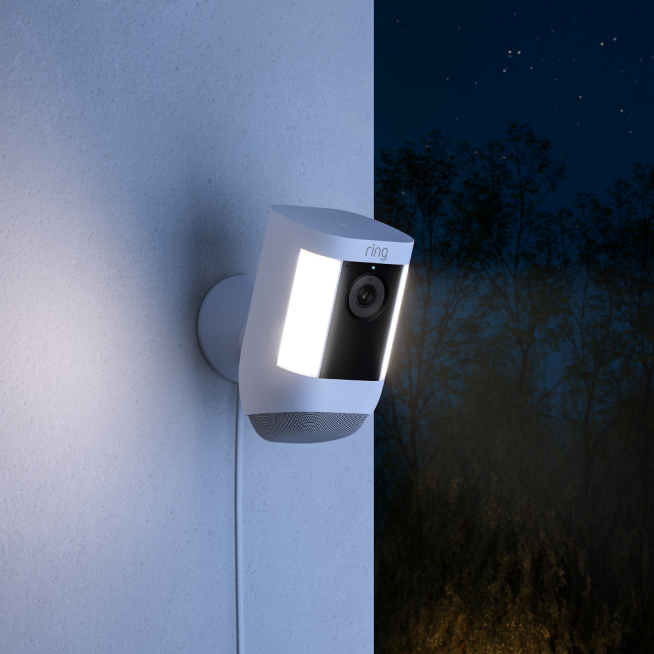
By addressing these challenges and limitations, users can optimize the performance and security of their Ring wireless security cameras, enhancing their peace of mind and overall home security. Regular maintenance, software updates, and strategic placement play crucial roles in maximizing the system’s effectiveness.
Conclusion: A Future-Proof Investment in Home Security
Ring wireless security cameras exemplify the evolution of home surveillance, combining advanced technology with user-centric design. Their versatility, smart integrations, and commitment to privacy and security make them a compelling choice for homeowners seeking to safeguard their dwellings. While challenges such as internet reliability and battery life exist, Ring’s solutions demonstrate a proactive approach to overcoming these obstacles. As smart home technology advances, investing in a Ring camera system positions homeowners at the forefront of a safer, more connected future.
